A legion of robots are bustling around on the lunar surface, some of which are employing 3D printing technology to convert in-situ resources into building materials, while others are laying bricks and completing the fabrication process.
These are not uncommon scenes in sci-fi movies, but Chinese scientists are actually experimenting with such ideas in the laboratory.
Ding Lieyun, professor with the Huazhong University of Science and Technology, has led his team in the research of lunar base construction since 2015.
The research team has proposed the idea of combining 3D printing with traditional Chinese masonry and mortise and tenon techniques, using lunar soil to produce lunar soil bricks with mortise and tenon joints and then employing robots to erect structures like playing with Lego.
This method can build larger-size lunar building structures and is relatively energy and cost efficient, Ding told the China Science Daily recently.
Such extraterrestrial construction faces a number of challenges. Since the moon is in an ultra-high vacuum environment, and there is a large temperature change of 300 to 400 degrees Celsius, traditional civil construction methods can hardly be implemented, and structural stability cannot be guaranteed.
In addition, frequent lunar quakes, strong radiation from cosmic rays, solar winds, micrometeorite impacts and complex lunar surface topography, all make in-situ construction on the lunar surface an exceedingly complicated and interdisciplinary super project.
Ding noted that materials such as steel, concrete and water necessary for extraterrestrial construction cannot all be brought from the Earth, and therefore lunar soil materials should be used as much as possible for in-situ construction.
The team has developed a vacuum sintering printed sample of simulated lunar soil.
"The research is still in the experimental stage under a simulated environment, and since the gravity of the moon is merely one-sixth of that of the Earth, the experimental simulation is difficult," said Ding, adding that more experimental data and results produced in the simulated extreme environment are needed.
Yu Dengyun, chief designer of China's phase-4 lunar exploration program, said that one of the goals of this lunar exploration program is to build a scientific research station on the moon's south pole. Yu added that this research station will carry out in-depth research on lunar science and conduct technical experiments on the in-situ utilization of lunar resources.
"Building structures on the lunar surface is necessary for long-term lunar exploration, but it is hard to achieve in the near term," Yu said.
He also said that the study on extraterrestrial construction is still in its infancy and needs more interdisciplinary exchanges, discussions and cooperation.









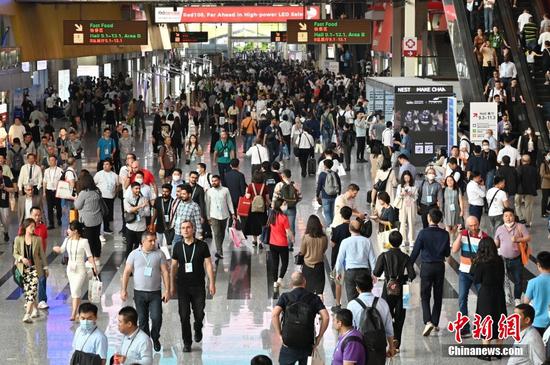
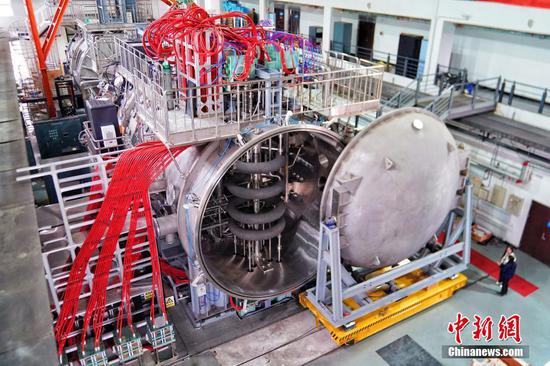

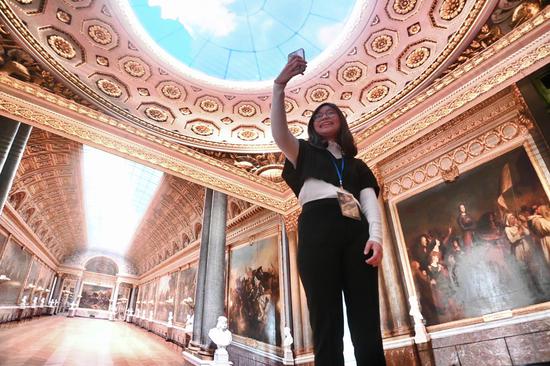




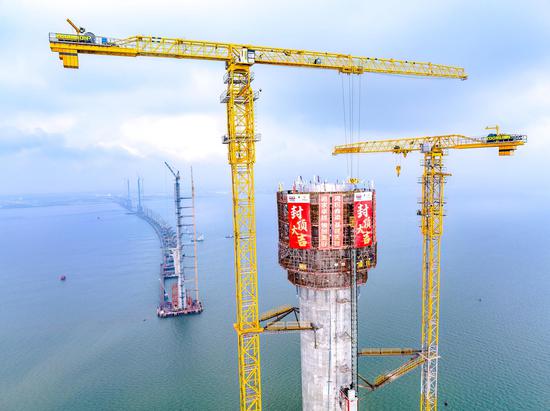












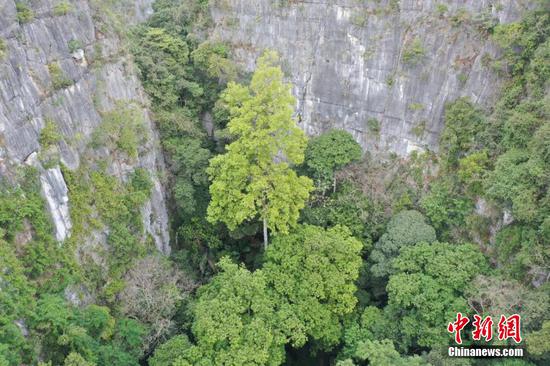
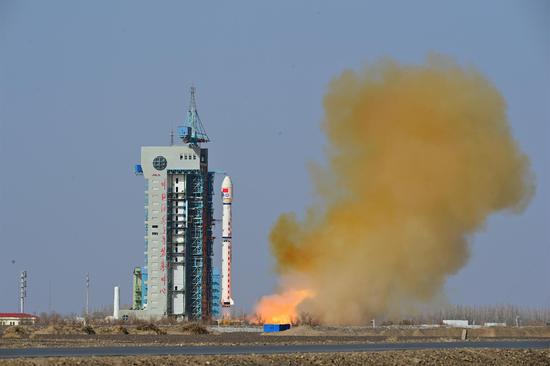
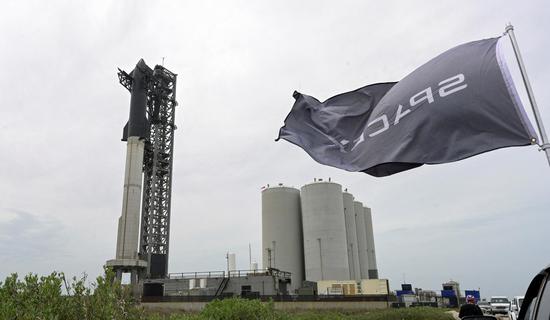


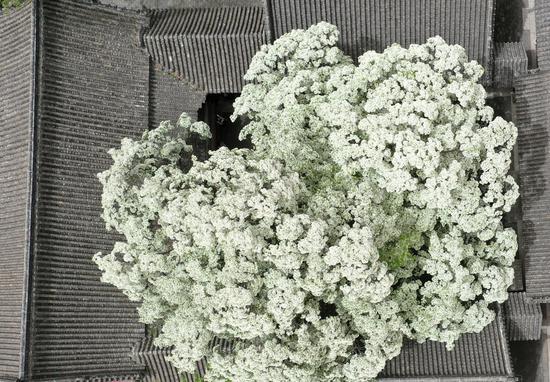

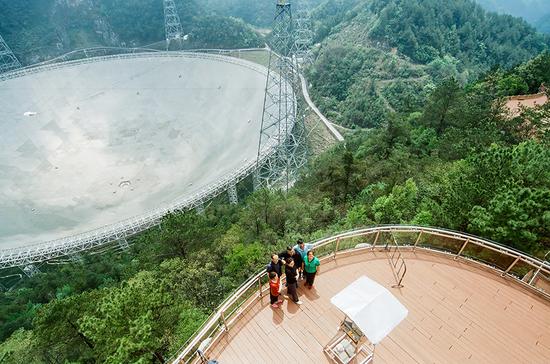


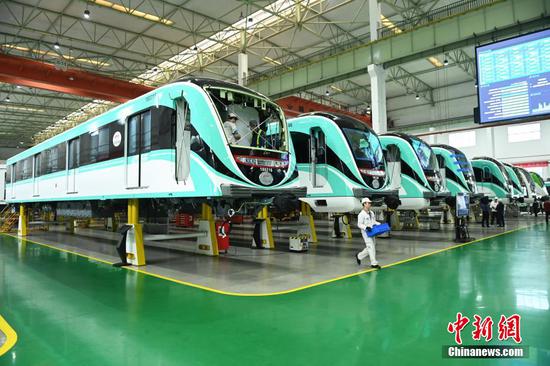









 京公网安备 11010202009201号
京公网安备 11010202009201号